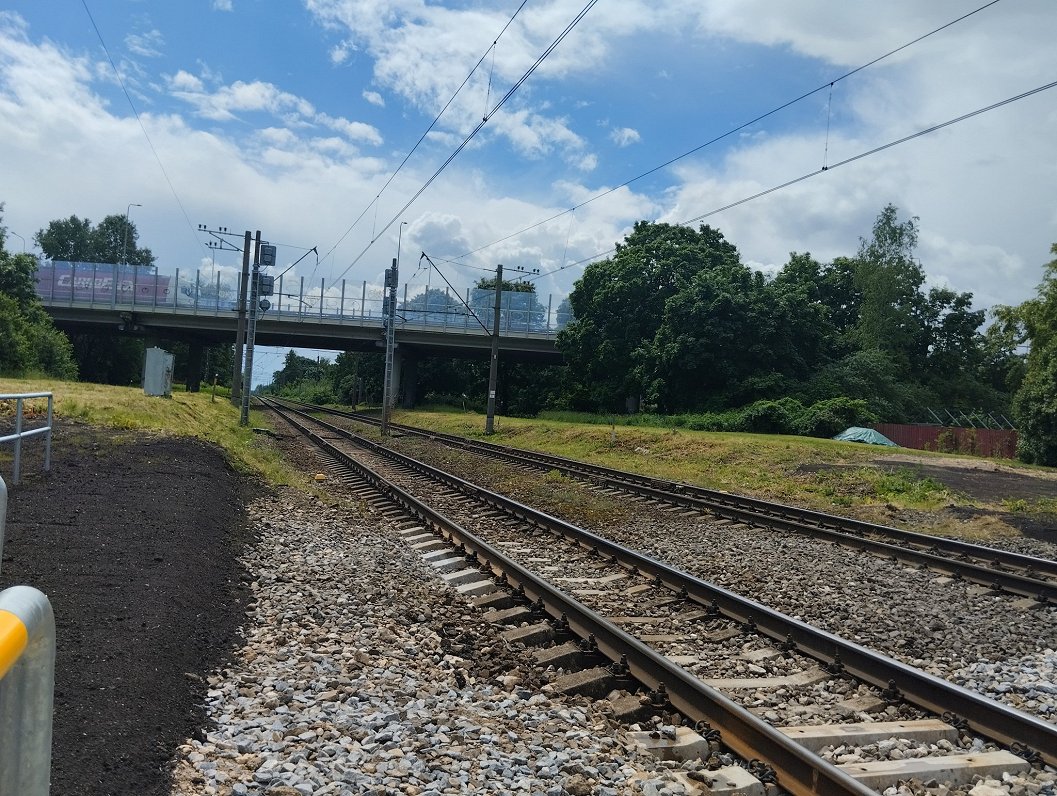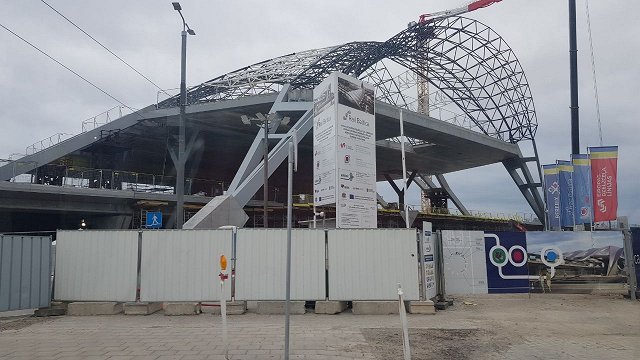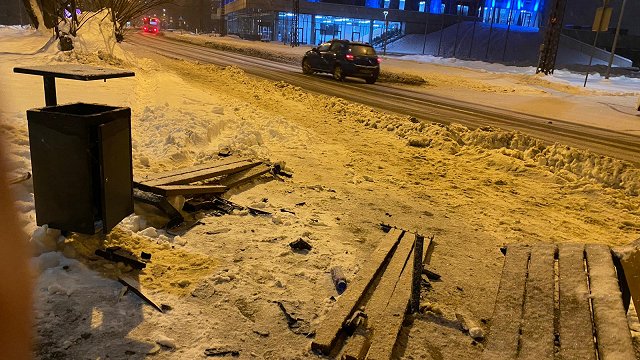Valdis Laganovskis, head of the disability society "Impulss" in Rēzekne, said that he has ridden trains elsewhere in the world. Hiccups like a broken elevator or hoist happen everywhere, but what if there isn't one at all?
“I've had just two men take me and lift me inside, but it's very risky,” said Valdis Laganovskis.
There was no built-in lift on the diesel train that entered Rēzekne from Rīga on Thursday afternoon. A hoist standing at the station shall be used. Two rail workers bring it to the car, needing four staff in winter, snow and ice. A couple of minutes and Valdis is on the train. However, to use the hoist, you must apply in advance.
"24 hours in advance – this is already an improvement, definitely. For us to get to the point of doing it without that kind of calling, the environment is still a long way off," Laganovskis said.
The Latvian Railways explained that 24 hours is needed to coordinate with Vivi which carriages to send, and to assign employees who will operate the hoist. Mobile lifts are not available at all stations, though.
"I [get out] either in Rēzekne or the next stop where I can get out is Jēkabpils. So in between, between these cities, I can't stop and get out anywhere,"Laganovskis noted.
“The highest demand for this service is in Rīga, Daugavpils, Jelgava. Elsewhere, this demand has not been so high, so we have not provided these mobile lifts, because we have been guided by how much demand has been," said Agnese Līcīte, spokeswoman for Latvian Railways.
Last year Latvian Railways operated mobile lifts about 300 times, a year ago – about 500. Besides mobile lifts, there are also those built into trains.
Vivi has a total of six such upgraded diesel trains, there are no lifts on 16 diesel trains. The new electric trains, on the other hand, do not have lifts but automatic ramps, but they also cannot be lowered onto all platforms.
“In practically all places except Rīga, where there are low platforms, there are different environmental restrictions, i.e. there is not sufficient width of the platform or there are some physical obstacles, so this ramp cannot be physically pushed out,” explained Edgars Butāns, representative of Vivi.
Several stations outside Riga are currently undergoing reconstruction and work should end by the end of this year. When this problem will fully be resolved in Rīga, it is difficult to predict with the uncertain future of Rail Baltica.




























